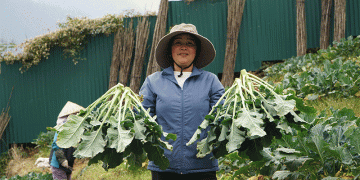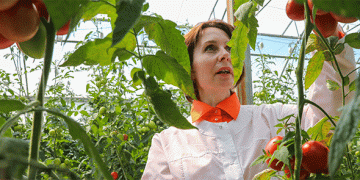The Peruvian mango industry has become a significant player in the global agricultural market, with exports steadily increasing year over year. The primary markets for Peruvian mangoes are the United States and Europe, both of which have shown consistent demand due to Peru’s emphasis on quality and food safety. In recent years, these markets have been joined by Japan and the Middle East, highlighting the growing international appeal of Peruvian mangoes.
Strengthening European Distribution Channels
Europe remains a cornerstone of Peru’s mango export strategy, with robust distribution networks already in place. Many European retailers have expressed keen interest in offering Peruvian mangoes to their consumers, drawn by their exceptional flavor, quality, and adherence to strict food safety standards. This demand has been supported by efforts to strengthen the industry’s supply chains, ensuring timely delivery and maintaining the fruit’s premium quality.
The Role of APEM in Industry Growth
The Peruvian Association of Mango Producers and Exporters (APEM) has been instrumental in the industry’s success. Through comprehensive training programs and support initiatives, APEM has empowered growers and exporters to meet the stringent requirements of international markets. These programs focus on improving cultivation techniques, post-harvest handling, and compliance with international regulations, ensuring that Peruvian mangoes remain competitive on the global stage.
Expanding into Emerging Markets
In addition to its established markets, Peru’s mango industry is making significant inroads into emerging markets such as Japan and the Middle East. These regions represent a new frontier for Peruvian exporters, offering opportunities for growth and diversification. To capitalize on these markets, the industry has invested in brand-building and marketing efforts, positioning Peruvian mangoes as a premium product synonymous with quality and reliability.
Challenges and Future Opportunities
Despite its success, the Peruvian mango industry faces challenges, including the need for stronger branding and marketing initiatives to differentiate its products in a competitive global market. Additionally, climate change poses risks to mango production, requiring ongoing innovation in cultivation practices to ensure sustainability.
Peru’s mango industry is a testament to the country’s agricultural potential and the power of coordinated efforts between producers, exporters, and industry organizations. By focusing on quality, sustainability, and market expansion, the industry is well-positioned to sustain its growth and strengthen its presence in both established and emerging markets.































